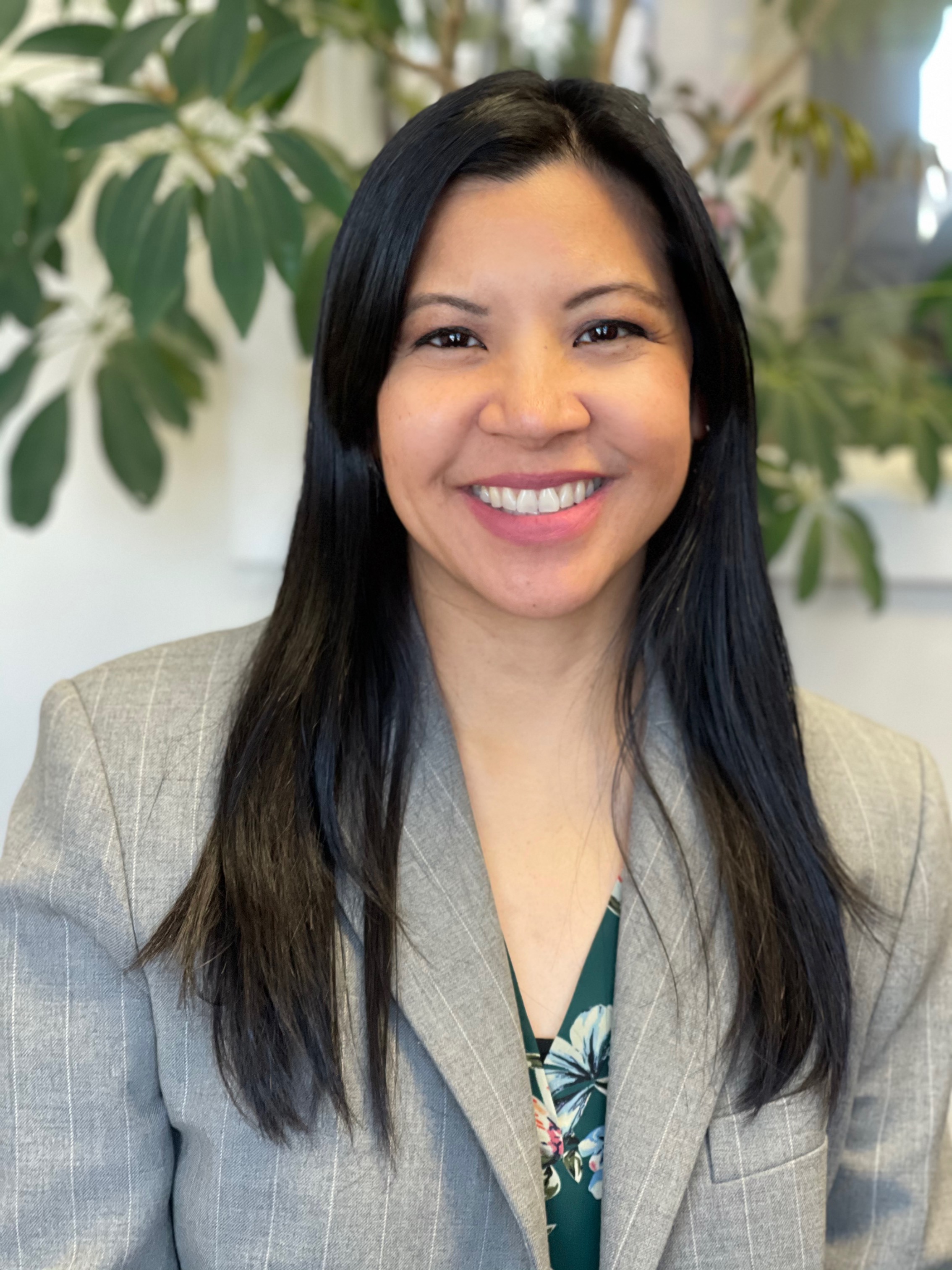Sustainable Maker Education in the Classroom
,
Colorado Convention Center, Bluebird Ballroom Lobby, Table 25
Presenters


Session description
Purpose & objective
Main takeaway
What is Circular Design
Maker Educations can be done be done anywhere and does not require a designated space.
Makerspace can be sustainable if we make conscious choices while choosing materials.
Virtual Makerspaces (Qweebi) can provide a mess free, alternative to physical maker spaces and allow for multiple iterations without waste.
What the hand does the mind remembers ... and so creating authentic maker opportunities can empower students to think of innovative solutions.
Outline
Students will present some of the projects they worked on and explain the circular design.
Students will explain the SDGs and present some of the solutions they created to take action towards the goals.
Teachers will share lesson plans and unit designs.
Supporting research
Maker Education: Opportunities and Challenges - Frontiers
https://www.frontiersin.org/articles/10.3389/feduc.2021.798094
Lessons Learned from University-Based Makerspaces - ScienceDirect
https://www.sciencedirect.com/science/article/pii/S2212827123004626
Sustainable in Action: From Intention to Environmentally Friendly ...
https://www.frontiersin.org/articles/10.3389/frsus.2021.675333
"Development of novel-engineering-based maker education ...." 9 Feb. 2022, https://link.springer.com/article/10.1007/s10639-021-10841-4
Session specifications
Designer
- Use technology to create, adapt and personalize learning experiences that foster independent learning and accommodate learner differences and needs.
Empowered Learner
- Students understand the fundamental concepts of technology operations, demonstrate the ability to choose, use and troubleshoot current technologies and are able to transfer their knowledge to explore emerging technologies.
- Students know and use a deliberate design process for generating ideas, testing theories, creating innovative artifacts or solving authentic problems.
 Return
Return Participate and share: Poster
Participate and share: Poster  Trips and Tours
Trips and Tours